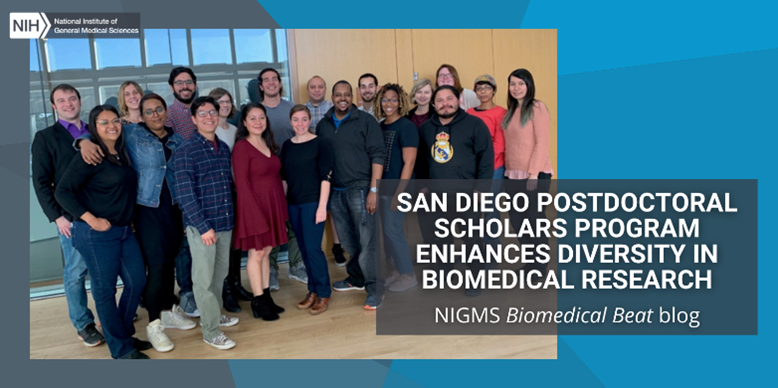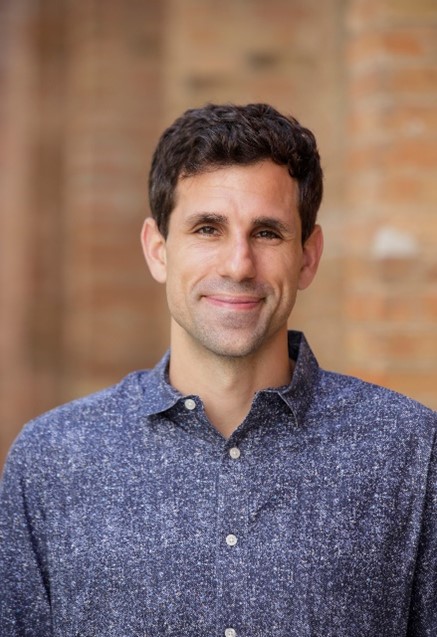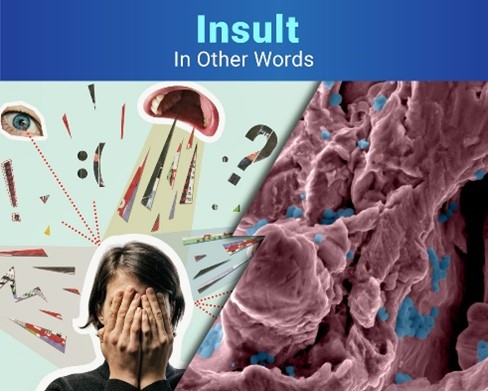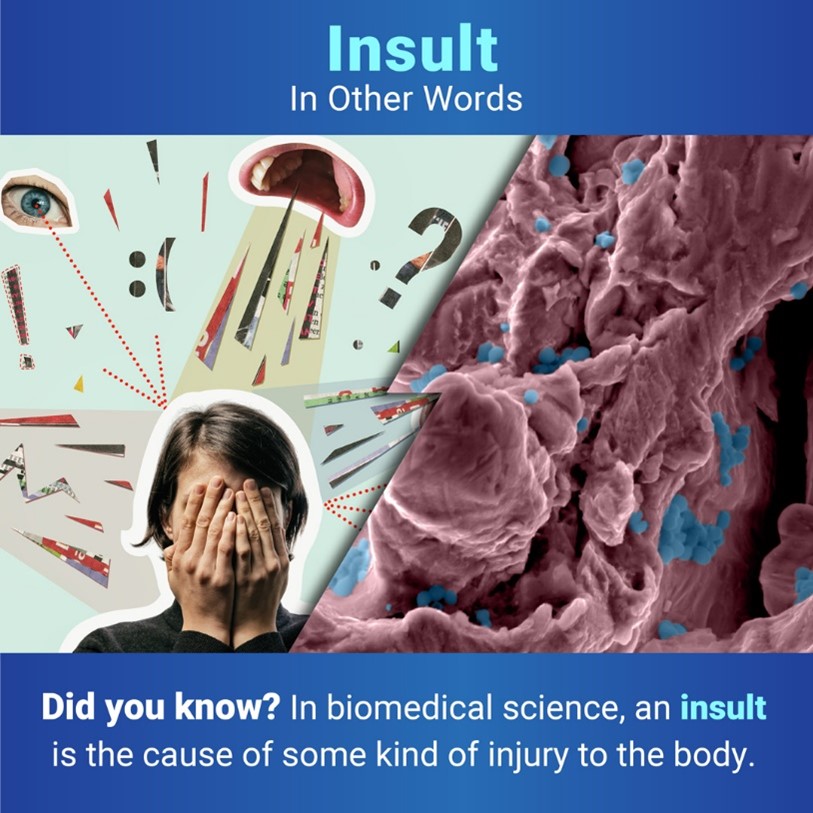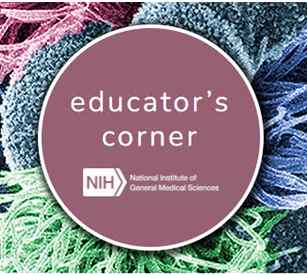
Brenda Andrade, Ph.D., assistant professor at California State University, Los Angeles (CSULA), wasn’t sure what she wanted to do when she first started community college. Through a program at her high school, she’d participated in Saturday morning science labs on the CSULA campus, and that introduction to science led her to think about pursuing some sort of scientific degree. She recalls flipping through the course catalog to the list of science classes needed to transfer to a 4-year university, and “naively going down the list and taking them.”
When a professor asked her if she’d thought about doing research, she responded, “What’s research?” That professor introduced her to the transfer program between the community college and nearby CSULA, and he encouraged her to apply to the NIGMS-funded Bridges to the Baccalaureate Research Training Program. When she did, she was accepted and began a summer research internship working in the lab of Linda Tunstad, Ph.D., a successful chemist with a similar background to Dr. Andrade’s. “That experience set my career trajectory,” she says. “I saw people like me, other Latinx people and people from underrepresented groups, doing research and thriving, like Dr. Tunstad. It really motivated me.”
Continue reading “A Career Launched Through “Transformative” NIGMS-Funded Training Programs “

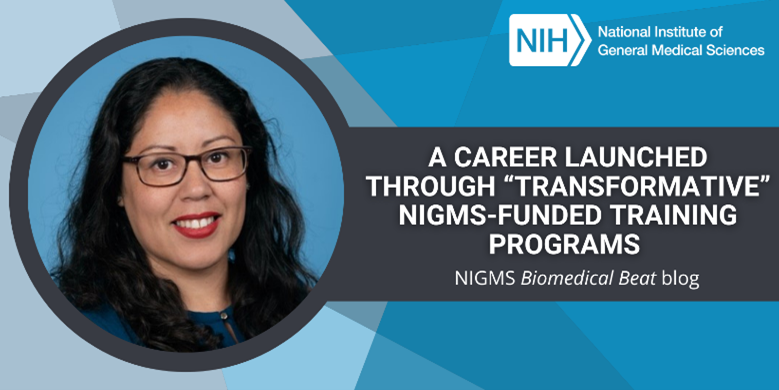


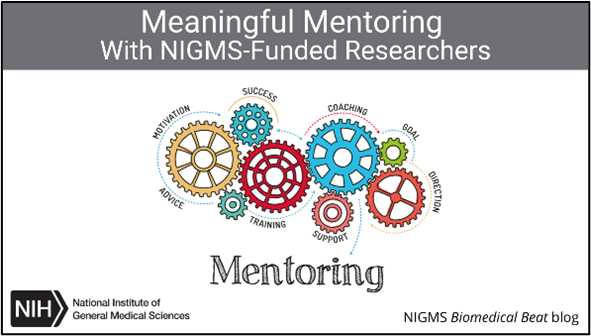

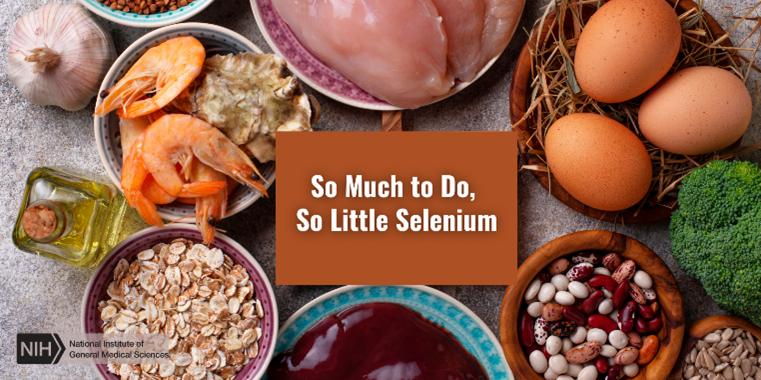
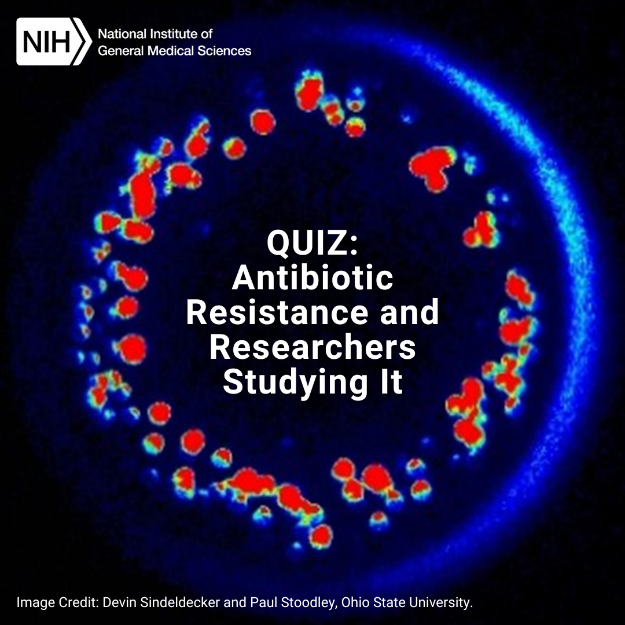
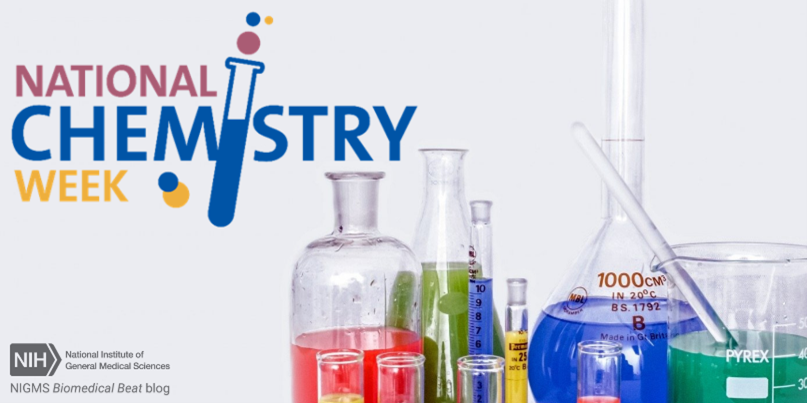
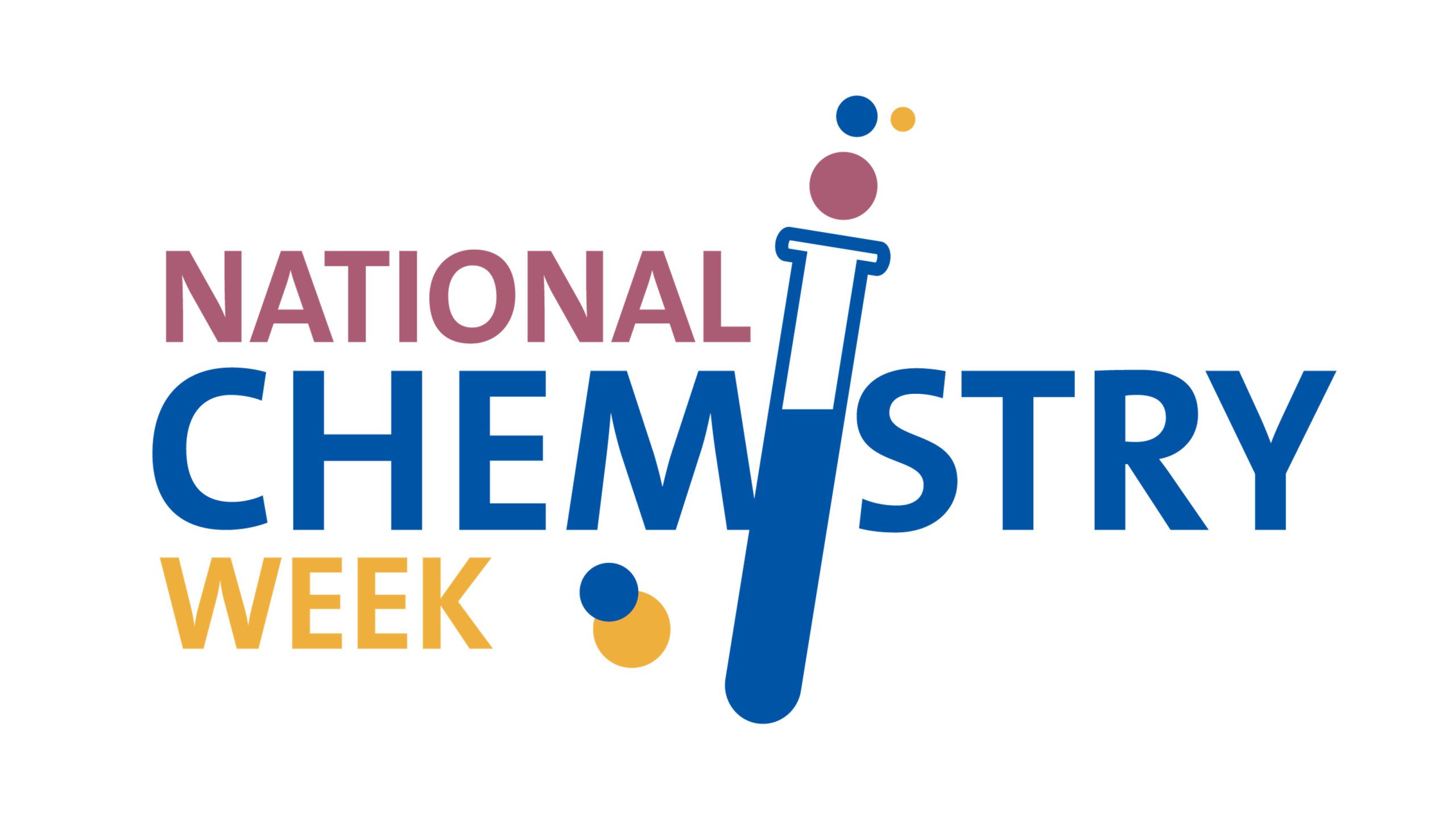 Credit:
Credit: 